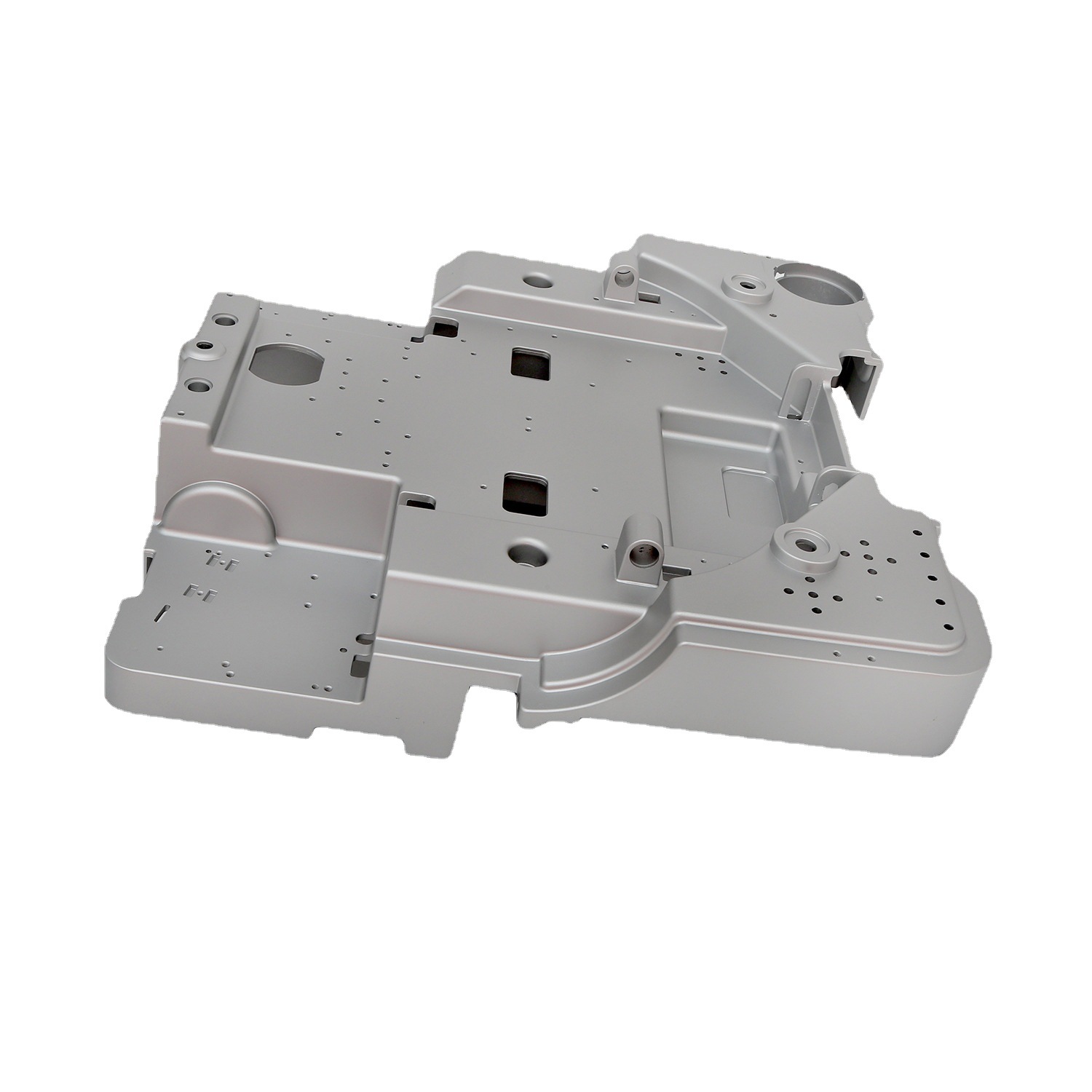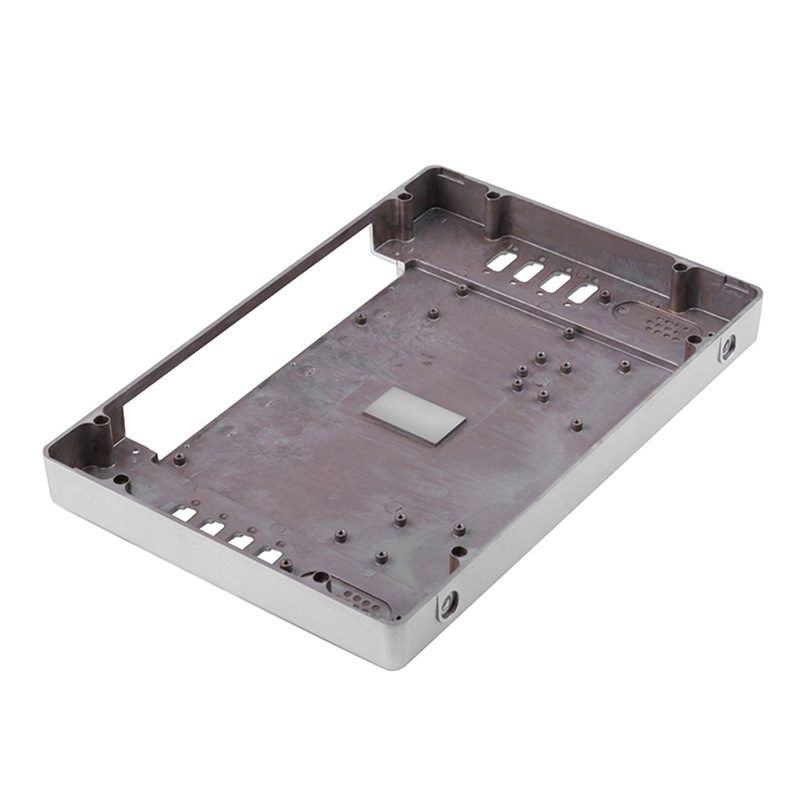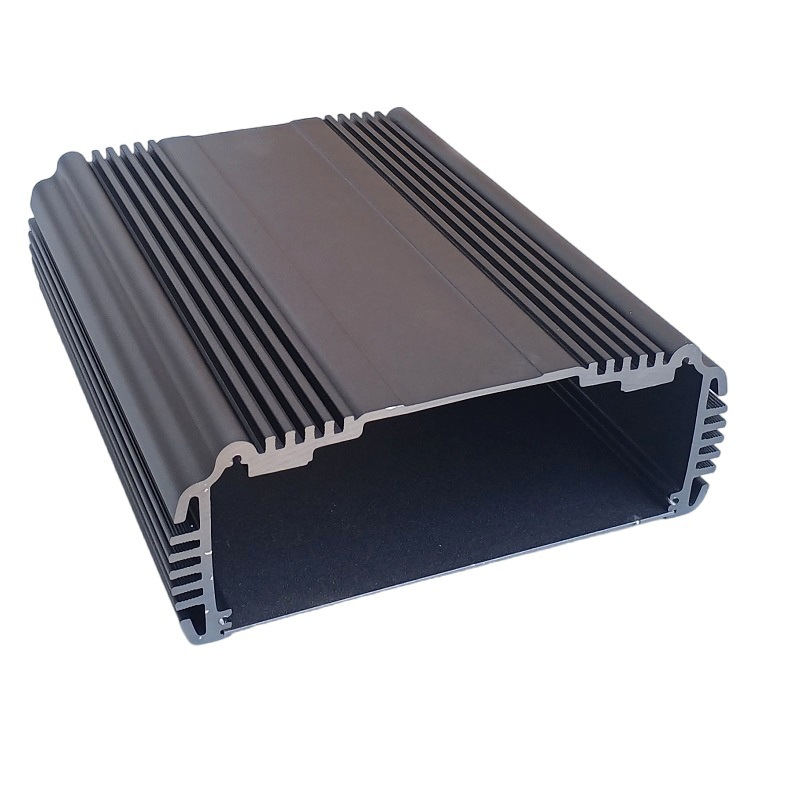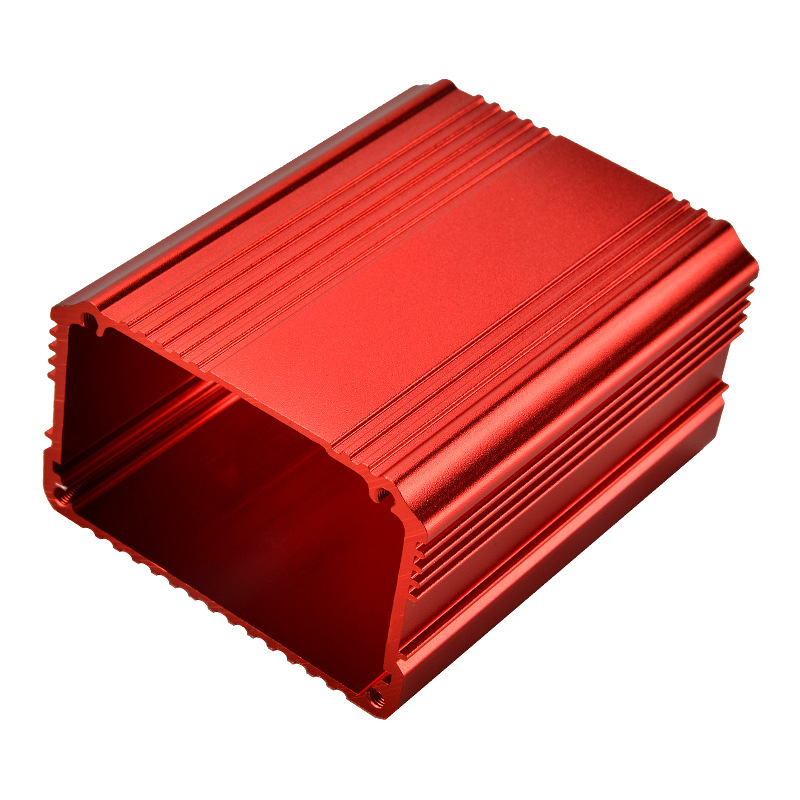Blisters are a frustrating and costly defect in aluminum die casting, often compromising both the appearance and structural performance of parts.
Whether you’re producing enclosures, housings, or load-bearing components, understanding what causes blisters is essential to avoiding downstream failures.
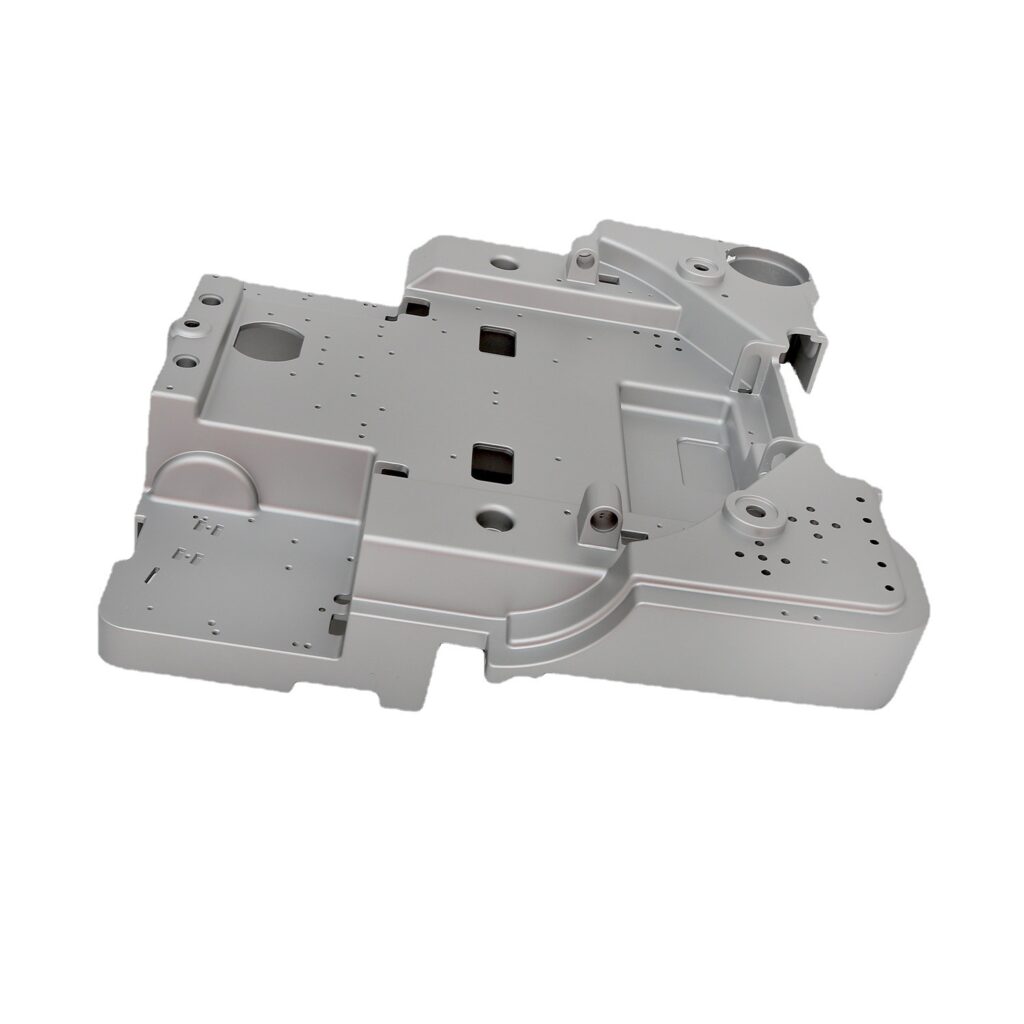
Blisters typically form when trapped gases—such as hydrogen or air—expand beneath the surface during solidification or heat treatment.
These defects can result from a range of factors, including gas entrapment, alloy impurities, moisture, poor die design, and inconsistent cooling.
Fortunately, with proper process control and smart design, blistering can be minimized or completely prevented.
In this article, we’ll explore the root causes of blisters in aluminum die casting, explain how each one affects part quality, and offer actionable solutions to ensure your castings meet both functional and cosmetic standards.
-
Table Of Contents
-
1. Why Do Blisters Form in Aluminum Die Castings?
-
2. What Exactly Are Blisters in Aluminum Castings?
-
3. How Does Gas Entrapment Cause Surface Bubbles?
-
4. Why Is Hydrogen So Problematic in Molten Aluminum?
-
5. Could Moisture and Lubricants Be Causing Defects?
-
6. How Does Die Design Influence Blister Formation?
-
7. What’s the Impact of Uneven Cooling Rates?
-
8. Can Heat Treatment Trigger Blisters Later On?
-
9. Why Should Customers Care About Blisters—Even If the Part “Works”?
-
10. How Can You Proactively Prevent Blisters in Production?
-
11. How Can Smart Design Help Avoid Blisters from the Start?
-
12. Summary
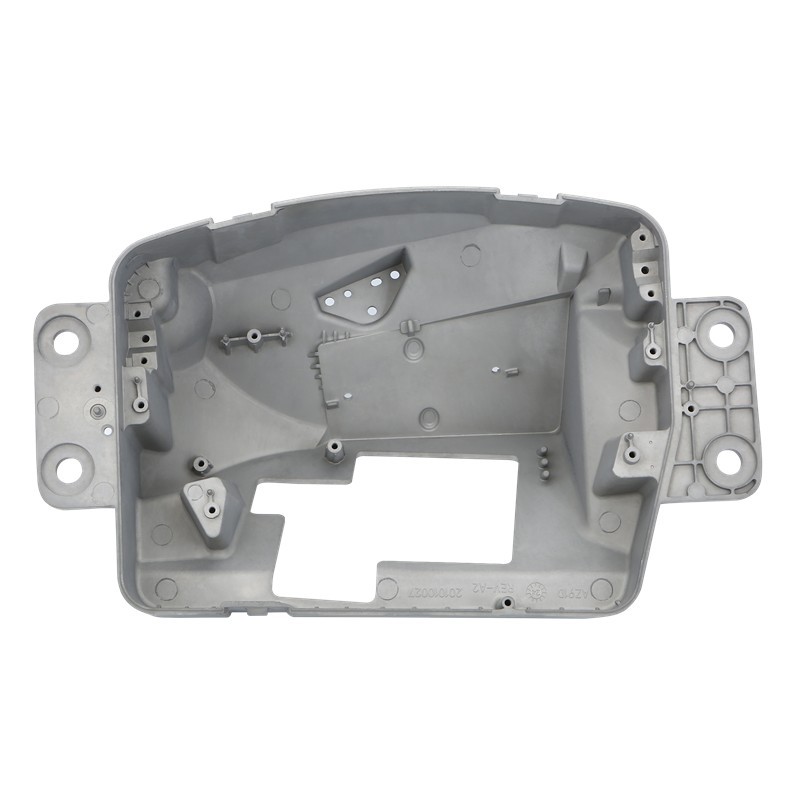
What Exactly Are Blisters in Aluminum Castings?
Blisters are raised bubbles or bulges that form beneath the surface of die-cast aluminum parts. They occur when trapped gas expands after the outer surface has already solidified—usually during cooling or post-casting heat treatments.
These surface deformities can reduce a part’s aesthetic appeal and mechanical strength, and in critical applications, they may even lead to structural failure or leak paths.
How Does Gas Entrapment Cause Surface Bubbles?
Gas entrapment during the high-speed injection of molten aluminum is one of the most common causes of blisters. This happens when:
• The gating or runner system causes turbulence that traps air.
• The mold is poorly vented, preventing gas from escaping.
• The metal flow path is too complex or abrupt, leading to localized air pockets.
As the part solidifies, these trapped gases expand and push outward—creating visible and often disqualifying blisters. Optimizing gate and vent design is crucial for gas release.
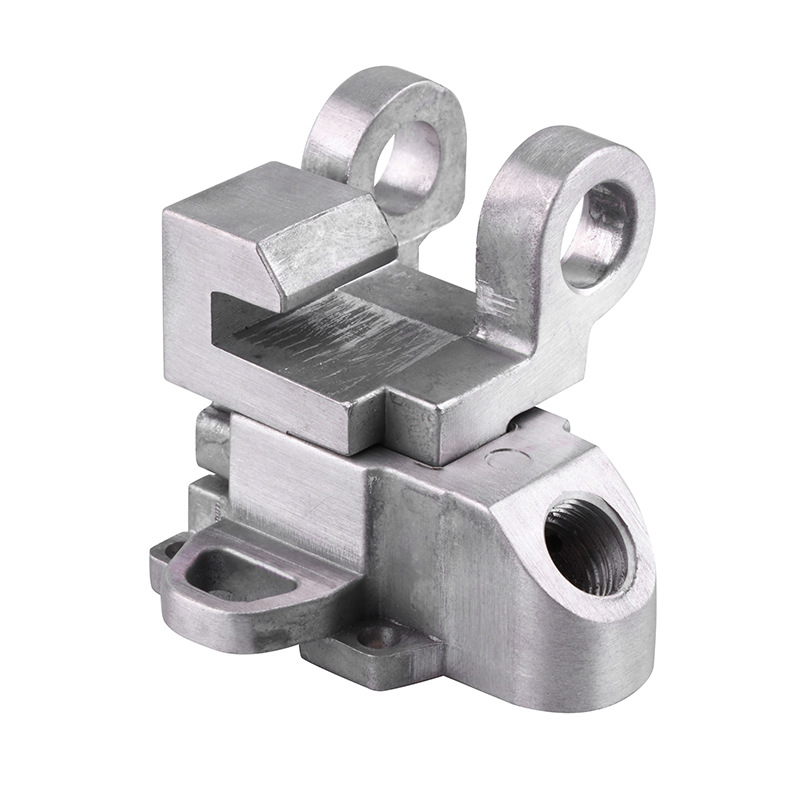
Why Is Hydrogen So Problematic in Molten Aluminum?
Hydrogen has high solubility in liquid aluminum but very low solubility in solid aluminum. This means any hydrogen absorbed during melting is released as bubbles during solidification. Sources include:
• Moisture in charge materials or furnace atmosphere
• Inadequate degassing during melt prep
• Recycled or contaminated scrap metal
If not removed before casting, hydrogen can create both internal porosity and surface blisters. Degassing with inert gas or rotary degassers is an essential quality control step.
Could Moisture and Lubricants Be Causing Defects?
Yes—moisture and certain die lubricants are often overlooked culprits. When exposed to molten aluminum, they can rapidly vaporize and form gas pockets that lead to blistering.
• Improperly dried dies can retain moisture.
• Overapplication or contamination of lubricants can generate volatile gases.
• Water-based coolants may inadvertently introduce moisture into the system.
Ensure proper die preheating and carefully control lubricant quantity and quality.
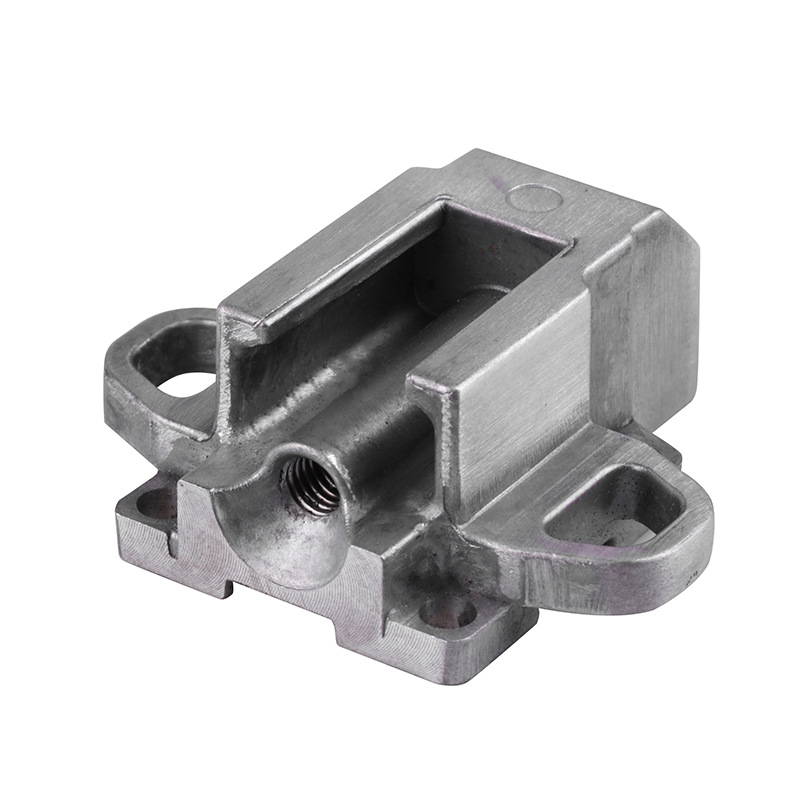
How Does Die Design Influence Blister Formation?
A well-designed die is essential for defect-free castings. Poor die design contributes to blistering in several ways:
• Inadequate venting traps air or gas within the cavity.
• Abrupt changes in wall thickness cause uneven cooling and pressure gradients.
• Sharp corners hinder metal flow and create turbulence.
• Improper gate positioning increases the chance of turbulence and air entrapment.
Design refinements—like gradual thickness transitions and strategic venting—can significantly reduce blister risk.
What’s the Impact of Uneven Cooling Rates?
Non-uniform cooling is another major contributor to blistering. When different sections of a casting solidify at different rates:
• Gases may be trapped in slower-cooling areas.
• Residual stresses can drive gas toward the surface.
• Localized hot spots allow more time for gas expansion.
Uniform wall thickness, optimized cooling channel layout, and controlled cycle timing can help stabilize cooling rates and prevent blister formation.
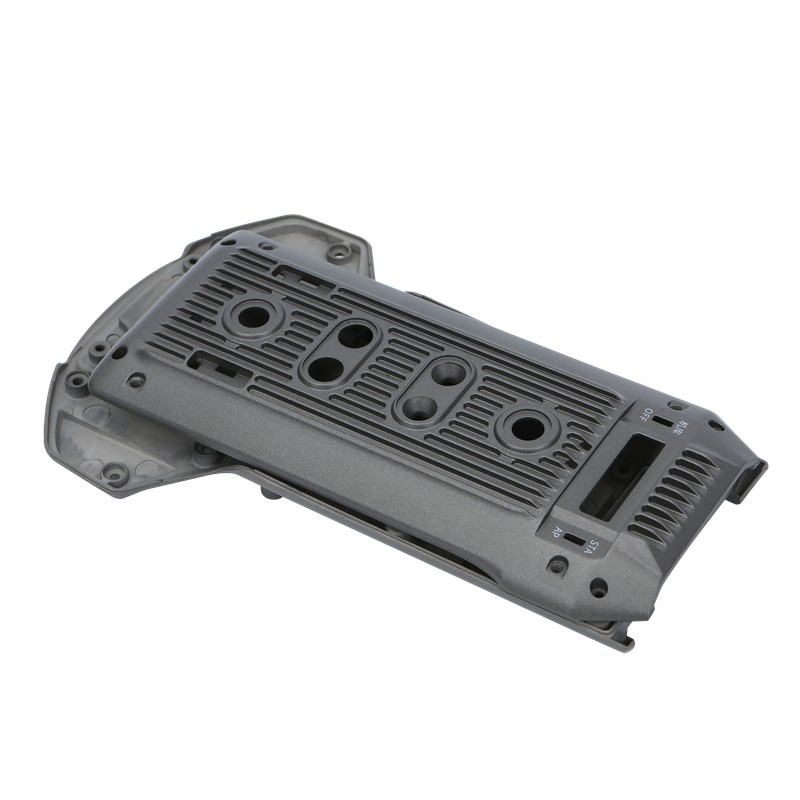
Can Heat Treatment Trigger Blisters Later On?
Yes—post-casting heat treatment can trigger blister formation if gas remains trapped near the surface. During heating, this gas expands and can break through the solidified outer layer, forming a blister.
To prevent this:
• Ensure complete degassing before casting.
• Use slower, controlled heating rates.
• Avoid casting designs prone to gas entrapment.
Blisters during heat treatment often indicate upstream process issues that weren’t resolved during casting.
Why Should Customers Care About Blisters—Even If the Part “Works”?
From a customer’s perspective, blisters represent more than just a cosmetic defect—they can raise red flags about reliability, quality assurance, and supplier capability. Here’s why they matter:
• Perception of quality: A blistered part signals poor process control or weak QA systems, even if the defect is only surface-deep.
• Product lifespan: Blisters can grow into fatigue cracks, especially under cyclical or high-load conditions.
• Leaks and failures: In hydraulic, pneumatic, or sealing applications, blistering may compromise air- or fluid-tightness.
• Post-processing costs: Customers may face additional sanding, sealing, or rejection costs—delaying time-to-market.
By partnering with manufacturers who actively prevent blistering through material, tooling, and process controls, customers ensure better long-term performance and avoid hidden operational risks.
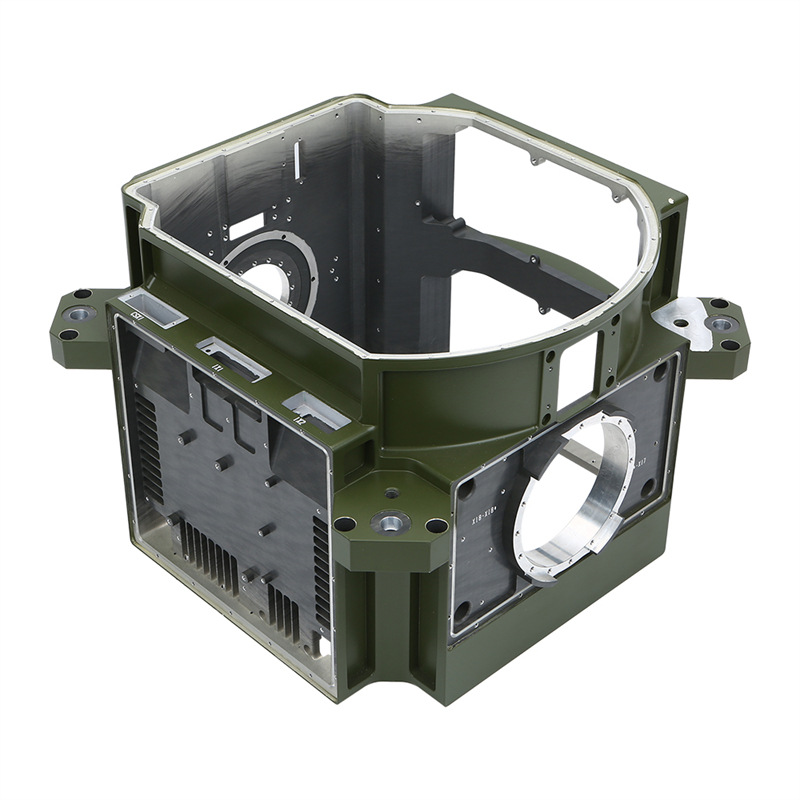
How Can You Proactively Prevent Blisters in Production?
Prevention starts at the design and melt preparation stages and extends through post-casting handling. Best practices include:
• Degassing the aluminum melt using rotary or inert gas techniques.
• Drying and preheating dies to remove residual moisture.
• Optimizing die design with smooth transitions and adequate venting.
• Applying lubricants in controlled amounts, ensuring they are clean and dry.
• Maintaining alloy quality by using clean, properly stored charge materials.
• Controlling cooling rates via consistent wall thickness and die temperature regulation.
• Heating gradually during solution treatment or aging processes.
Process discipline at every stage results in more consistent and reliable castings.
How Can Smart Design Help Avoid Blisters from the Start?
Engineering decisions during the design phase have a long-lasting impact on blister risk. Consider these approaches:
• Use uniform wall thickness to promote even cooling.
• Avoid sharp corners and sudden geometry changes.
• Design ribs or support structures instead of overly thick sections.
• Apply simulation software to predict gas flow and solidification behavior.
• Involve your foundry early to review tooling and gating designs.
These steps reduce your risk of post-production defects and lower the cost of quality.
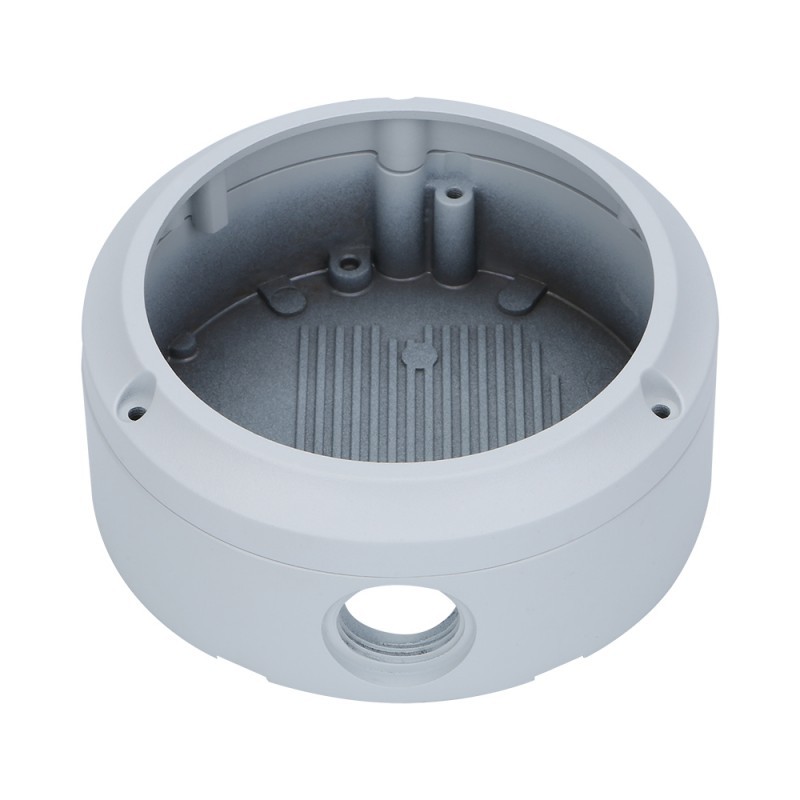
Conclusion
Blisters may seem minor, but they often point to deeper problems in casting design or process control. Left unresolved, they increase scrap rates, slow production, and damage customer trust.
By understanding the root causes—hydrogen absorption, gas entrapment, alloy contamination, and thermal stress—you can take targeted actions to eliminate them.
Whether you’re a manufacturer or a product developer, collaborating with a knowledgeable die casting partner and using simulation tools will help you catch defects early, reduce costs, and deliver parts that look good and perform even better.



